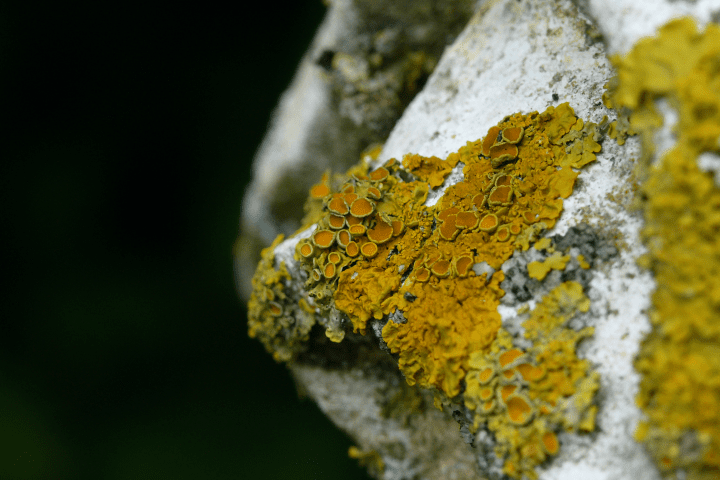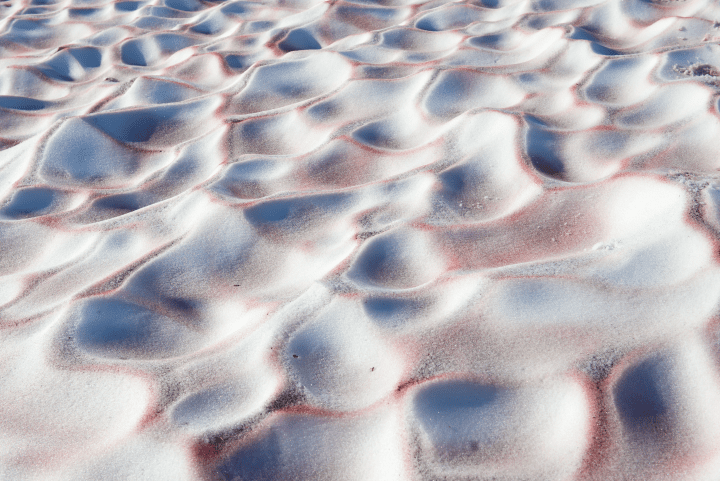Vibrio harveyi bacteria protect themselves from the damaging effects of UV radiation by channeling the UV energy to bioluminescent proteins.
Introduction
In the dark of night, or the depths of the ocean, a remarkable bacterium known as Vibrio harveyi sheds unexpected light. Unlike the flashy displays of larger organisms, Vibrio harveyi’s glow seems to serve a unique and vital purpose: protection from the sun’s harmful ultraviolet (UV) rays.
The Strategy
Bioluminescence in Vibrio harveyi is a literally brilliant to a harsh environment. While it might seem puzzling for such tiny organisms to invest energy in glowing, especially since they don’t use the light to attract mates or prey, this glow is far from wasteful. In the battle against UV radiation, bioluminescence offers a clever shield.
When exposed to UV light, bacteria face a barrage of harmful effects, primarily from reactive oxygen species (ROS) generated by the radiation. These reactive molecules can damage DNA, s, and other vital components within the cells. However, Vibrio harveyi channel the harmful UV energy into their bioluminescent proteins, which release it as light, instead of conducting it to more sensitive molecular structures.
This remarkable adaptation was highlighted in recent research, which showed that under normal conditions, non-luminescent strains of Vibrio harveyi outcompeted their glowing counterparts. However, when exposed to UV light, the tables turned, and the luminescent strains began to dominate. This suggests that bioluminescence offers a significant survival advantage in environments with high UV exposure, reinforcing the idea that this glowing adaptation is a sophisticated defense mechanism.
The Potential
The effects of Vibrio harveyi’s bioluminescence hold great promise for human innovation. By mimicking this natural strategy, we could develop new ways to protect sensitive materials and living tissues from UV radiation. For instance, sunscreens and UV-protective coatings could incorporate bioluminescent proteins or similar compounds to actively neutralize harmful reactive species, providing more effective protection against sun damage.
In the realm of biotechnology, harnessing bioluminescent mechanisms could lead to advancements in medical diagnostics and environmental monitoring. Imagine biosensors that use bioluminescence to detect and neutralize harmful reactive species in polluted environments or within the human body, offering real-time protection and feedback.
AI on AskNature
This page was produced in part with the assistance of AI, which is allowing us to greatly expand the volume of content available on AskNature. All of the content has been reviewed for accuracy and appropriateness by human editors. To provide feedback or to get involved with the project, contact us.





